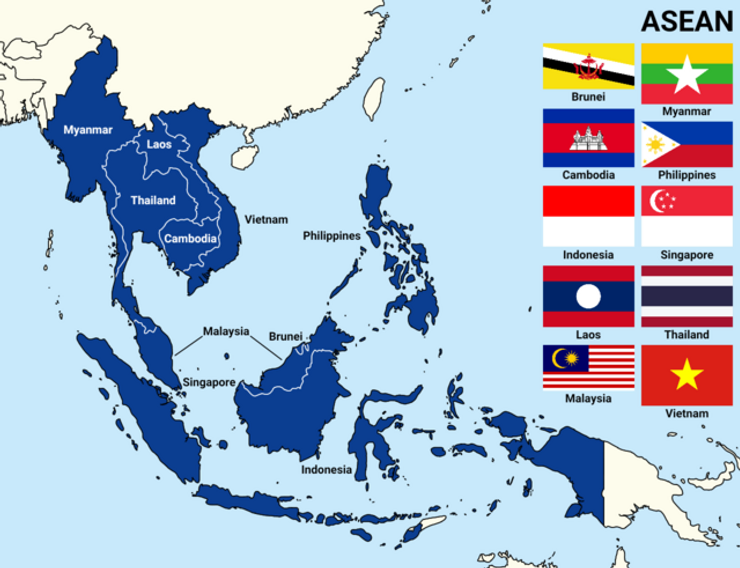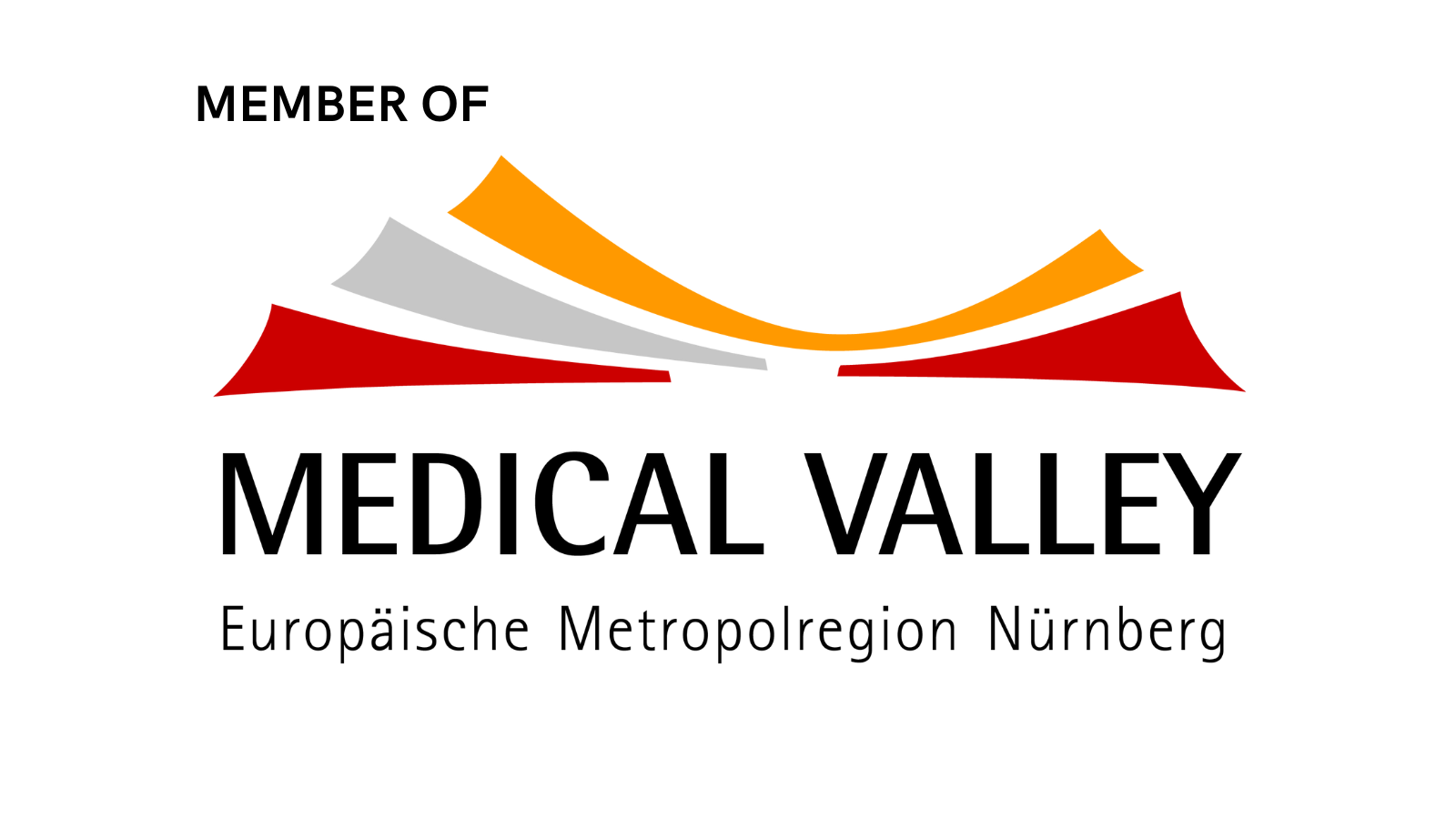Be successful in pragmatic ASEAN markets

Background
For manufacturers of medical device, Asia-Pacific Economic Cooperation with 21 members are must go markets. The typical huge sales markets in Asia are China, Australia, Japan, South-Korea and Taiwan. Actually the southeast countries in association of Southeast Asian Nations, commonly as ASEAN are also attractive for global player ad small and medium-sized enterprises due to huge population and increased demand of healthcare.
ASEAN represents the following Southeast Asian countries: Singapore, Malaysia, Indonesia, Thailand, the Philippines, Vietnam, Laos, Brunei, Cambodia and Myanmar.
In our following article we focus on Singapore, Malaysia and the Philippines which have strongest economy.
1. The most important law of medical device
The legislative of medical device in ASEAN countries is transparent almost all in English. We recommend manufacturer to navigate the search of regulation of medical device himself. Nevertheless we list most important regulations in this region:
- ASEAN MEDICAL DEVICE DIRECTIVE
- Medical device Authority Act 2012 (Act 737) in Malaysia
- Health Products Act (HPA) and its Health Products (Medical Devices) Regulations 2010 in Singapore
- FDA Circular No. 2021-001 and 2021-002 in Philippines
Important link:
Health Science Authority, Singapore
2. Any pre-requisite to product – and quality management certification
The home country approval is not necessary as pre-requisite. However, at least one of the MDSAP certification can leverage the review process (a few months shorter).
Normally a free sales certificate and MDSAP certificates are sufficient as evidence. For quality management, a certification of ISO 13485 and ISO 9001 is required.
3. Do I need legal representative?
In these ASEAN countries it is other than US, EU and China. Often a distributor acts as legal representative for regulatory issues as registration of medical device. However it bears deficiency of regulatory knowledge.
Let us make Malaysia as an example.
Normally a legal representative either as consultant or distributor located in Malaysia is essential to submit technical documentation to authority and communicate in the whole lifecycle of medical device.
Be careful, once you want to change the legal representative, your former one has to authorise the right to transfer.
Legal representative in Malaysia and Singapore should have Good Distribution Practice for Medical Devices (GDPMD) licence. For distributor of class I medical device in Singapore GDPMD is waived.
Below is an example of product certificate where only legal manufacturer and legal representative listed.

4. How is risk classification of medical device?
In general the European classes of medical device can be equivalently matched in ASEAN market as below:
Class I – Class A Low risk
Class IIa –Class B Low-moderate risk
Class IIb- Class C Moderate-high risk
Class III-Class D High risk
The classification rule in ASEAN aligns to MDR in Europe with classification rule. The difference of classification of medical device in most ASEAN countries is that manufacturer could match his product to a product code. It means manufacturers can search product code with intended use of subject device under product type. Singapore has even an automatic tool for classification.
Still there are some product exempted from registration as medical device (personal use, clinical research or customer-made). Luckily most authorities are open to consult classification of medical device with free email contact.
5. What are basic technical documentations to submit?
For class A medical device there is no product documentation needed but just needs to be notified to authority.
From class B, C to class D medical device the quantity and quality of technical documentation is increased. Summarised for three markets, these are often needed:
- Proof of reference agency`s approval
- Executive summary
- Essential requirement
- Device description
- Summary of design verification and validation
- Packaging label
- Risk management
The format of technical documentation is typical
Common Submission Dossier Template (CSDT)
which summarises each technical documentation if applicable with annex as reference. CSDT is intended to provide a common template for the submission of medical device information to regulatory authority in ASEAN market.
6. What is time and cost to register medical device?
Malaysia Singapore Philippines
Class A 20 EUR, around 1 month 0 EUR, around 1 month 123 EUR, around 1 month
Class B 245 EUR, 3-6 months 3466 EUR, 160 WD 123 EUR, around 1 month
Class C 490 EUR, 3-6 months 5652 EUR, 220 WD 123 EUR, around 1 month
Class D 734 EUR, 3-6 months 11K EUR, 310 WD 123 EUR, around 1 month
The cost and time (review time of authority) in table apply to initial registration of medical device. The time in column (Singapore) refers to weekdays (WD). Usually one of the MDSAP certificate can leverage the review time, in case in Singapore it means 60 WD less.
7. Is English documentation including labelling sufficient?
Yes, 100% are English documents recognised by authority.
8. What happens upon significant changes?
We take the most complex change assessment in Malaysia and Singapore as example.
The applied regulation is MDA/GD/020 change notification in Malaysia. There are 3 categories of changes:
1. Changes affecting performance and safety of device
2. Changes require evaluation before implementation
3. Changes may be implemented upon notification through MeDCQSt
For category 1 change, a new registration is triggered. For category 2 and 3 change there is binding cost.
In Singapore the regulation of design change is GN-21: Guidance on Change Notification for Registered Medical Devices. This guidance applies only to change notification not NEW Pre-market Product Registration. In our opinion it is highest level of change control of registered medical device. There are different risk-based types of change, categories of change, explanation of non-change, template of change notification, time and cost and even template to notify MDR/IVDR change.
Here is a summarised table:
For the last category of “Notification” in table changes may be implemented immediately upon receipt of the acknowledgement email from HAS.

9. Any post market surveillance?
This is a common pain which is always ignored. In ASEAN country there is not yet fancy post market surveillance as MDR in EU. These are usual activities:
- Change notificationnotification upon significant changes and renewal
- Vigilance (adverse event -and FSCA reporting)
10. What can manufacturer be profited by our other services?
We can offer besides typical registration service also:
- Support of Good Distribution Practice for Medical Devices licence
- ASEAN OEM partner
- Search of distributor
- Antimicrobial testing compliant to EN standards
- Startup kits for ASEAN registration of medical device
Do you want to have an eLearning of global regulatory affairs with many case studies? Contact us for a free consulting before joining anytime the chosen sessions with own coach.
Other international registration





